Cumbria Museums and Galleries

Get to know William Wordsworth and his family on this easy, but varied walk through some of the most spectacular scenery in the National Park.
Follow the trail
Distance: 3.5 miles/5.7km
Total ascent: 344ft/105m
Approximate time: 2 hours plus time for sightseeing
Start/finish: Dove Cottage
Terrain: Easy/moderate - quiet lanes; surfaced woodland and lakeside paths; village
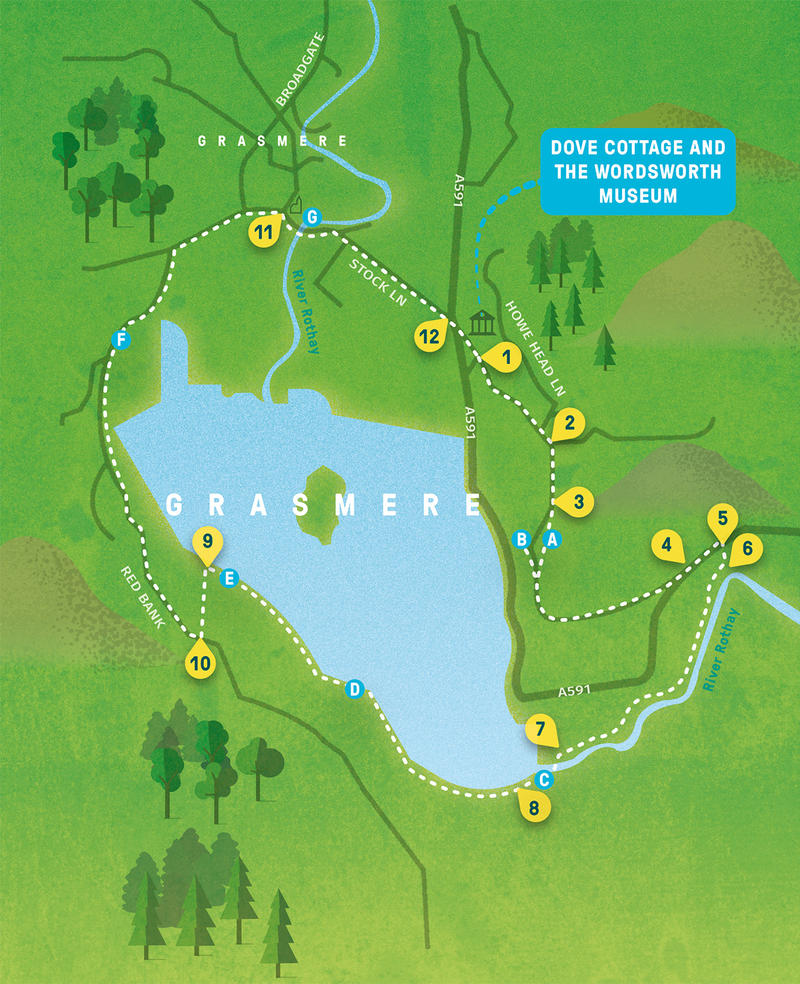
1 With your back to Dove Cottage, turn left to walk uphill.
2 Turn right after the farm, walking along the level road for 150 metres.
3 After a short downhill stretch, go through a small gate in a wall to the left of the road. A short trail through the trees of John’s Grove runs parallel with the lane.
A You’re now walking in the footsteps of John, William Wordsworth’s brother, who loved to stroll through this, then fir tree lined, path that went on to be named ‘John’s Grove’ by the Wordsworths. Described by William as a “silent poet...”, John was Captain of the Earl of Abergavenny, a large ship owned by the East India Company used for trade between the UK and China. Sadly, John died when his ship went down in Weymouth Bay in 1805. Two East India Company cloth seals, retrieved from the wreck, can be seen in Dove Cottage.
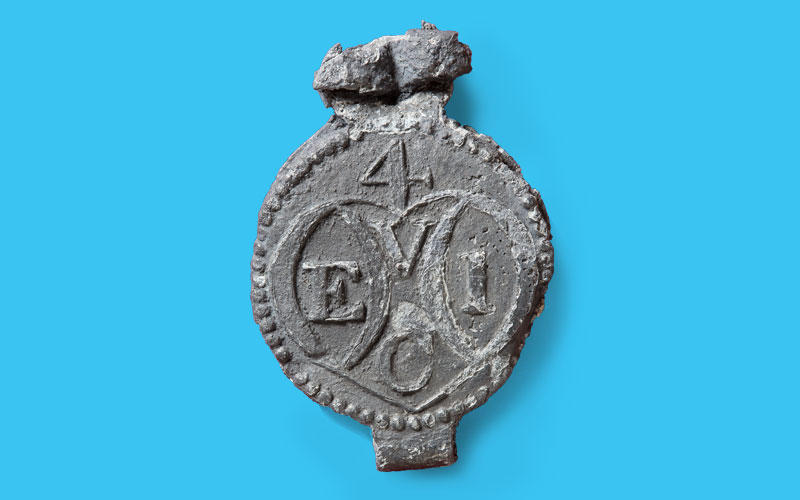
The Wordsworth Museum also displays a manuscript of one of Wordsworth’s poems written in memory of John, while in Dove Cottage there is painting by Sir George Beaumont depicting a ship in a storm, painted for Wordsworth as an expression of sympathy.
Returning to the lane at the far end of the grove, turn right for about 100 metres for a brief detour to Sara’s Gate.
B The farm gate on the left is the subject of at least two of Wordsworth’s poems. Local tradition has it that if you make a wish here it will be granted. It’s known as the Wishing Gate, although the Wordsworths liked to call it ‘Sara’s Gate’ because it was a favourite haunt of Sara Hutchinson, Mary’s sister. A frequent visitor to Dove Cottage, a silhouette of Sara can be seen at the Wordsworths’ former home.
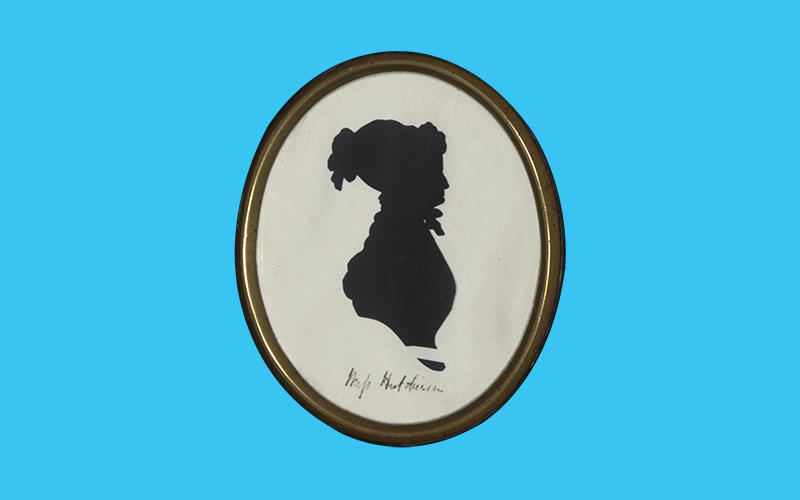
From the gate, retrace your steps to the point at which you exited John’s Grove and then continue along the lane.
4 Turn left at the A591.
5 After 80 metres, go through the gap in the wall on the opposite side of the road and descend. (This is opposite the bus stop.)
6 Turn right along the surfaced path beside the River Rothay, ignoring the first bridge go through a gate into the field, then a little further on through a second gate into the wood. Keep left at the fork in the path and follow the main track parallel to the river.
7 Cross the next bridge over the River Rothay and turn right.
C As you walk along the shingle beach, look to the far end of the lake and notice a prominent white house on the lower hillside. This is Allan Bank. Although William once described it as a ‘temple of abomination’ because it spoiled his view of Grasmere, he ended up living here from 1808 to 1811 as his young family outgrew Dove Cottage. Love letters between William and his wife Mary, written while they lived at Allan Bank, can be seen in the Wordsworth Museum. A portrait of the couple is on display in Dove Cottage.
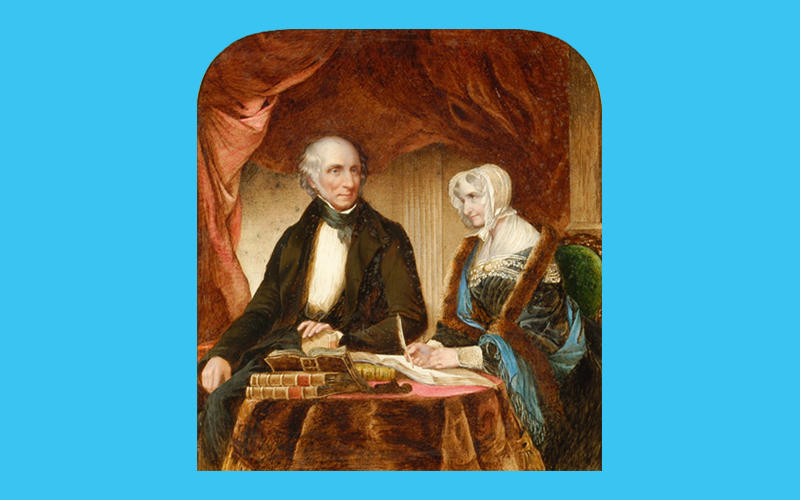
8 Go through a gate on the far side of the beach and then head up the slope to gain a clear path in the woods. Follow this along the lake’s western shore.
D In this inspiring landscape of lakes and fells, largely unspoilt since Wordsworth’s time, it’s easy to understand why William called this valley the “calmest fairest spot of earth”. “What happy fortune were it here to live!”, he exclaimed in his poem Home at Grasmere, the manuscript of which is on display in the Wordsworth Museum.
9 About 1.1km after first encountering the lakeshore, take the path which turns away from the water’s edge and up a slope towards the road.
E Take a moment, before turning your back on the water, to look across the lake where you’ll see small valleys, known locally as gills, cutting into the hills. One of these is Greenhead Gill, home to the “tumultuous brook” of William’s poem Michael. He is said to have been inspired to write the poem about an old shepherd during one of his many walks through the gill. The manuscript is on display in the Wordsworth Museum.
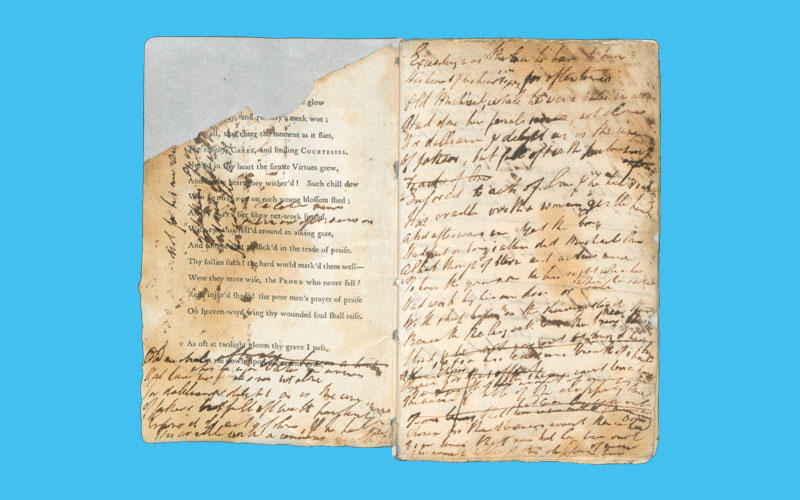
10 Turn right along the lane.
F As you head towards Grasmere, the prominent crag-topped hill towering over the village is Stone Arthur. As with John’s Grove, this place is also associated with a member of the family, as the Wordsworths were fond of naming local landmarks after family members. Dorothy named this summit after her brother William. Her notebooks that make up her Grasmere Journal can be seen in the Wordsworth Museum. One includes an entry relating to daffodils along the shores of Ullswater, said to have inspired William to pen his most famous poem, I Wandered Lonely as a Cloud.
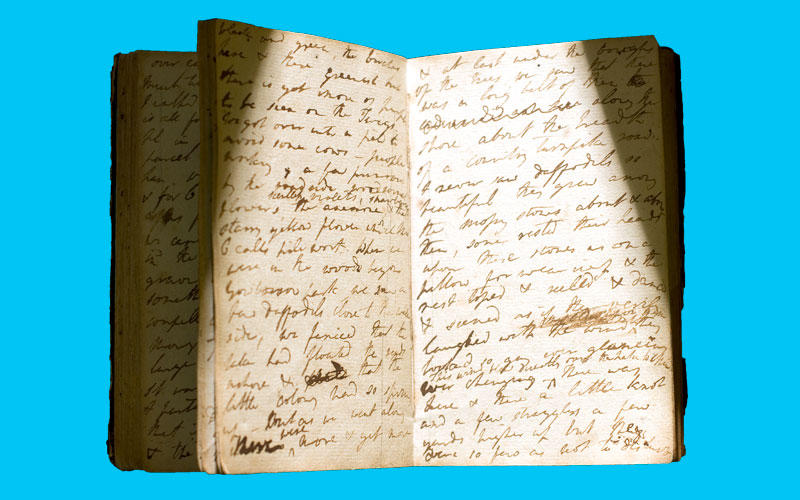
11 Turn right at a T-junction in the village.
G Visit St Oswald’s Church on the left to see where William is buried along with members of his family, including his sister Dorothy, wife Mary and children Catherine, Thomas and Dora. William and Mary were away from home when three-year-old Catherine died in 1812, and Dorothy had to break the devastating news to them in a letter. The letter can be seen in the Wordsworth Museum as can portraits of little Catherine and Thomas. Thomas also died young, just six months after Catherine, at the age of six.
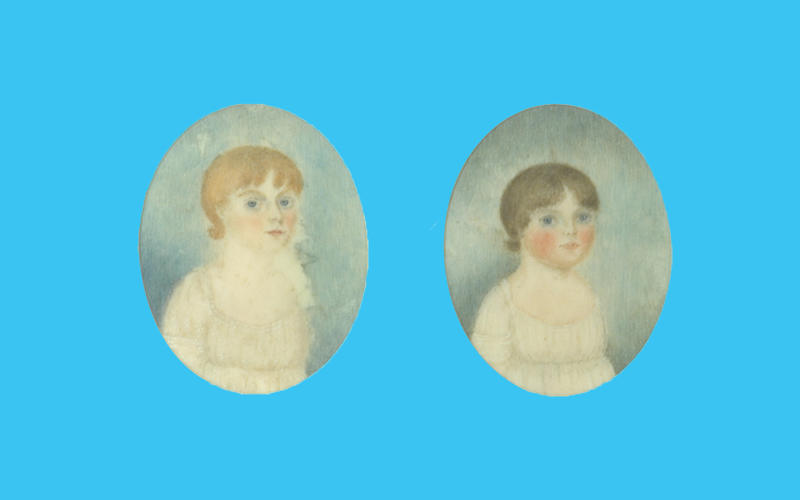
12 Turn right at the mini roundabout on the A591 – signposted Ambleside and Windermere. Immediately take the lane on the left. Dove Cottage is on the left in a short while.
Choose one of our Trails of the Unexpected by either downloading a pdf or following the trail online. Explore the trails to discover the secrets of the Reivers’ clans, gems of the Arts and Crafts movement, the landscape that inspired Wordsworth, fascinating creative characters and Roman artefacts connected to Cumbria’s northern frontier. Start your trail below.